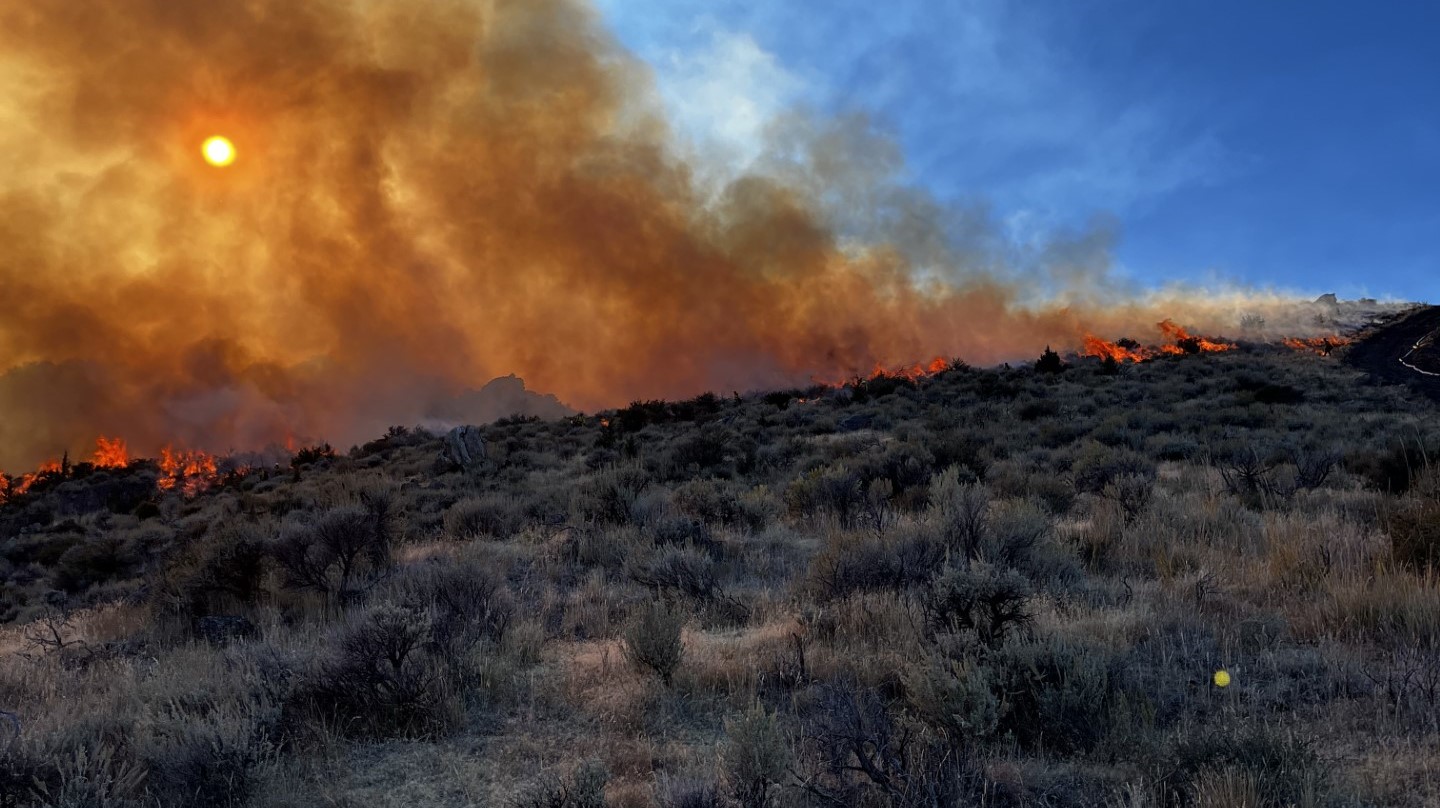Events
Fuels treatment effectiveness
Webinar recording. Fire and land manager-focused panel discussion hosted by the USDA Forest Service Rocky Mountain Research Station
Update on the Bruneau-Owyhee Sage Grouse Habitat Management (BOSH) Project
Video recording (16:27). The Bruneau-Owyhee Sage Grouse Habitat (BOSH) Project has been under way for six years now, and approximately 140,000 acres of land have been treated to reduce juniper…
LANDFIRE data supports disturbance tools and assessments
Webinar recording. In this LANDFIRE Office Hour, USFS Research Ecologists, Jen Costanza and Matt Reeves walk viewers through the USDA Forest Service's Resource Planning Act (2020) Assessment, with a focus…
Wildfire risk and mitigation opportunities in the US sagebrush biome
Webinar recording. Feb 29 2024 Missoula Fire Lab Seminar Series Presenter: Karen Short, RMRS Research Ecologist.
Defending and growing the core by breaking the cycle of annual grass invasion
Virtual workshop recordings and resources. Invasive annual grasses–such as cheatgrass, medusahead, and ventenata–are the leading cause of degradation and loss of America’s sagebrush grasslands, reducing forage and habitat, fueling more…
2024 Rangeland Fuel Overview: Reading the Tea Leaves S5E1
Video recording (8:26). Matt Reeves provides a westwide rangeland fuel assessment for 2024.
Words matter. Let burn dialogue and reality.
Webinar recording (1:04:22).
Sifting through selective science and misinformation for collaborative forest management
Webinar recording. Land manager and public land partner-focused panel webinar dedicated to examining selective science use, some of the impacts to land management, and methods for reducing misinformation in collaborative…
Tools for prioritizing, planning, and evaluating effectiveness of fuel treatments
Webinar recording. Sam "Jake" Price and Matt Germino, USGS Forest & Rangeland Ecosystem Science Center, present findings from their recent publication on the Soda Fire fuel breaks and how they…




